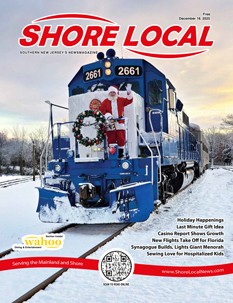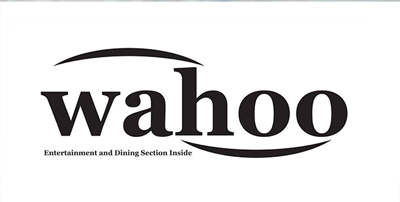The last part of a series
In my last article, I pointed out the importance of a clear plan for your loved ones. We went into how a Will creates peace of mind, reducing the risk of disputes among beneficiaries and dealing with financial institutions. That leads us to our final mile marker to conclude this series-organizing the cemetery documents. Many individuals have pre-purchased cemetery property or have inherited it from other family members. Some family members might have not only purchased cemetery property or niches in a columbarium but may have also purchased their head stone or monument plaque in advance. This is a very good thing because grave niches and monument costs are only going to go up. The sooner you purchase these items, the more economical it will be. Also, you want to double-check things in regard to the cemetery property like how many people can be buried in each grave because this varies with each cemetery. For some cemeteries, it is one deceased per grave, others it’s one casket burial and two cremated individuals on top. Some cemeteries have strict rules as to who can be buried there, usually following a blood lineage, meaning ownership travels from parent to children to grandchildren, so you have to have permission to bury from the current legal owner. Some cemeteries have rules as to faith, meaning you must be a certified member of a particular religion to be buried.
In regard to columbariums and their niches, there are requirements as to the size of the urns and sometimes what the urns are made of. Plus, there are sometimes similar rules as to who can be inurned in the columbarium based on religion or bloodline so it is always best to double check in advance. Some monument or cemetery dealers will include the final date of death in the cost of the stone, monument or memorial plaque. So, if that is the case you want to hold onto that paperwork proving that the date of death in prepaid. The purchase paperwork of the stone is also a good record to go by for additional work to be done to the stone, even if the date of passing is not included.
One of the final things that you should have organized for your roadmap is your personal requests and wishes. Now some of these things may already be in your Last Will and Testament, but it doesn’t hurt to have a letter or directive written out as well. However, I am mainly referring to your requests for your funeral. Some of these things would be, who would you like to officiate at your funeral services, a minister or personal friend. Where would you like the funeral service to be, at a funeral home, church, beach, park, or any other venue. What hymns or songs would you like to have played, who is going to sing or play the music? Is there going to be a dove or butterfly release, or a violinist or bagpipes? Who are going to be the pallbearers, is there going to be a meal/repass and if so, where? You may even take the time and write your own obituary in advance so it is done the way you would like it done. The last thing on the list for your road map is sitting down with a funeral director that you trust and whose firm has a good reputation. This would allow you to pre-plan the service itself, if there is to be one. That is where we will begin the next article.
Once again, I hope you find this column informative, entertaining and educational. Please feel free to reach out to me at Jeffries and Keates Funeral Home in Northfield if you would like me to writing about something specific. I hope all that read this are well and I will see you in the next article.
Andrew B. Hoffman is a funeral director at Jeffries and Keates and Keates-Plum Funeral Homes. He is a twenty-two year veteran of the funeral industry.















